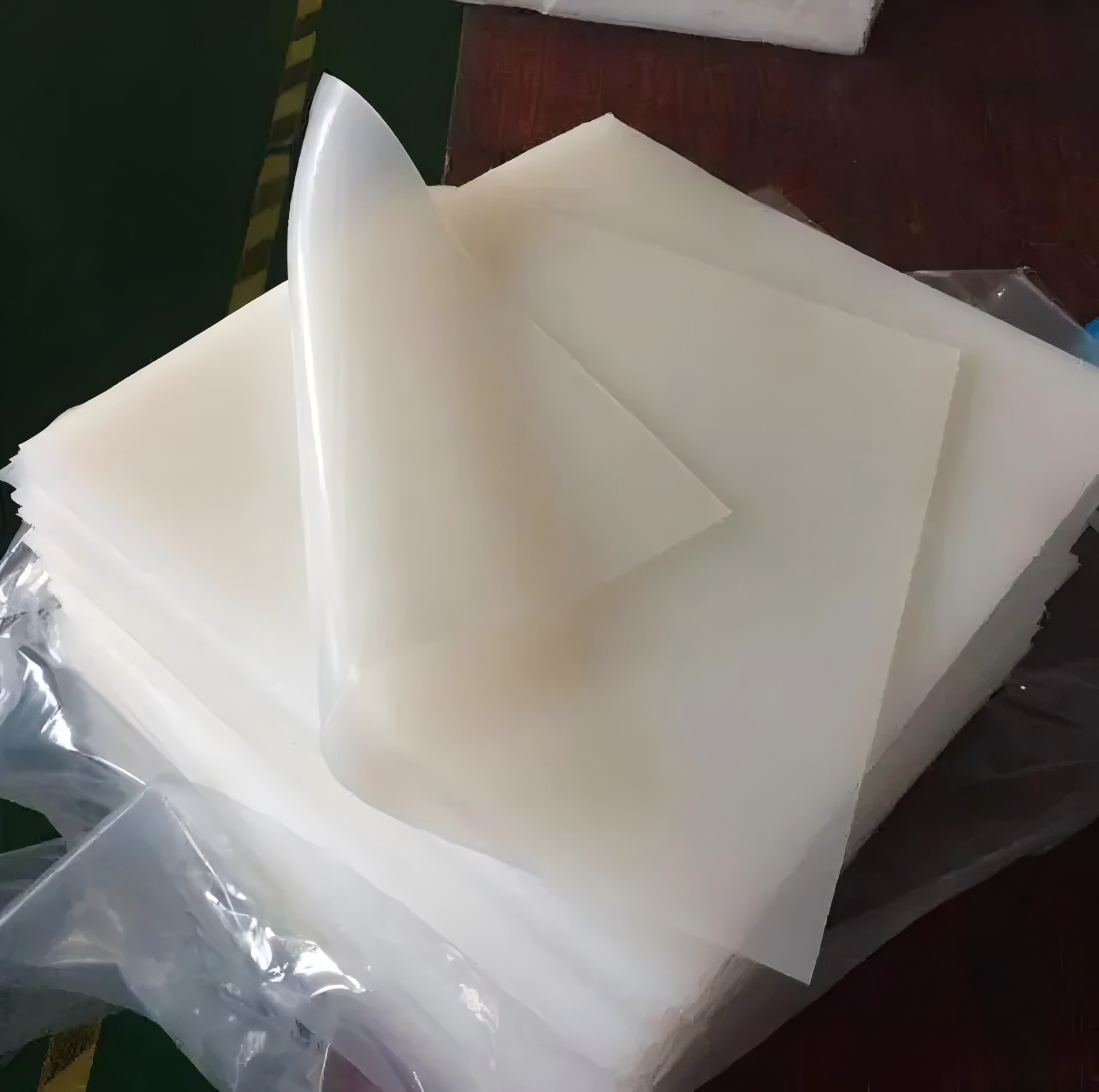- 中
- +86 13732210605
Author:
Silicone film plays an important role in modern industry due to its excellent flexibility and wide application fields. This synthetic rubber can be found everywhere in our daily life, such as silicone toys, keyboard protective films, remote control buttons, coasters, etc., and has won wide application due to its good oxidation resistance, aging resistance and electrical insulation. Silicone film usually presents a milky white semi-transparent or white frosted appearance. When evaluating the optical properties of silicone film, transmittance and haze are two crucial indicators. Transmittance reflects the ability of light to penetrate silicone film, while haze is used to evaluate the optical scattering properties of silicone film. In order to accurately measure these two parameters, a haze meter has become an indispensable tool.

Light transmittance determines the degree to which light can pass through silicone film, which directly affects the feasibility of the material in optical equipment, lighting equipment and some special packaging fields. Haze reflects the scattering of light when passing through the material, affecting visual clarity and uniform distribution of light. Therefore, accurate measurement of these two parameters is crucial to evaluate the quality and perfo rmance of silicone film and optimize its application in related products.
The haze meter uses advanced optical measurement technology and can accurately measure the transmission and scattering of light after passing through the silicone film. It emits a beam of light of a specific wavelength and intensity to pass through the silicone film sample to be tested, and then uses high- precision detectors and complex algorithms to calculate the transmittance and haze values. It is recommended to use the color spectrum TH series haze meter. The instrument does not need to be preheated, it can be used and measured, and the result can be obtained in 1.5 seconds. It meets the haze and total transmittance measurement under the three standard lighting sources of CIE-A, CIE-C, and CIE-D65. At the same time, the instrument has an open measurement area that can meet the measurement of samples of any size. It also has two measurement states: vertical measurement and horizontal measurement. It can accurately measure different types of samples such as sheets, films or liquids, providing users with great convenience and flexibility.

In practical applications, in order to ensure the accuracy and reliability of the measurement results, the haze meter needs to be strictly calibrated and follow the standard measurement process. First, select the appropriate measurement mode and parameter settings, and adjust them according to the characteristics of the silicone film and the measurement requirements. Then, place the silicone film sample flat on the measurement platform of the haze meter to ensure that the light can pass through the entire sample evenly. Multiple measurements and averaging can effectively reduce random errors and improve the accuracy of the measurement results.

In addition, the stability of the measurement environment also has an important impact on the results. Measurements should be made in an environment without obvious external light interference and with relatively stable temperature and humidity to avoid environmental factors affecting light propagation and instrument performance. Through the precise application of the haze meter, we can gain a deep understanding of the optical properties of silicone films and provide a scientific basis for the research and development, production and quality control of materials. This will not only help improve product performance and quality and meet market demand for high-performance silicone films, but also promote technological innovation and development in related industries. The information in this article is provided by Color Spectrum. For more details, please visit the official website of Color Spectrum colorimeter manufacturer.

